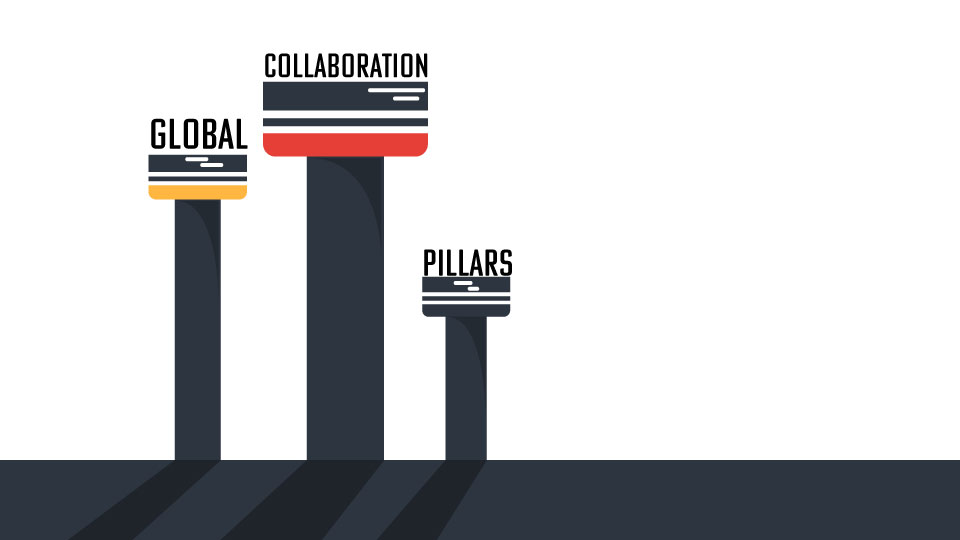Trust is the root of everything in business. If a partner doesn’t trust you, that partnership will end. Maybe not today or tomorrow, but it’s ending soon.
The level of trust in business – statistics
The problem is, globally, the state of “trust” is fairly ambiguous. We talk about it often in speeches, on podcasts, and in leadership books and magazine articles, but, per a study of 9,800 full-time workers in eight industrialized countries, we know that 15% of those employees had “little to no trust” in their employer, and 39% had “some trust.” The good news is that 46% had “a great deal of trust.” So that was the biggest subset, but it’s still less than 1 in 2 people surveyed.
In the 15% “little to no trust” bucket, the five reasons for a significant lack of trust were:
- Compensation is not fair
- There are not equal opportunities for pay and promotion
- Lack of strong senior leadership
- Too much employee turnover
- Not enough collaboration
As you can see, two of those (the first bullets) are about money, the third one is explicitly about leadership, and the last two are about the construction of teams (people leaving so you get more work, lack of collaboration). And by the way, on that leadership front, global trust in CEOs has “imploded” in recent years.
How to build trust in a business partnership?
So we know that trust is this very important concept to work, but we also see results from research that trust is not always common inside organizations.
It becomes even more complicated when you have to work globally. Now you are dealing with different nuances, different cultures, different approaches to work, different languages, different time zones, and more. It’s hard to build trust across so many variables.
We know. We’ve been able to do it for 17 years now, but it’s not always easy. We work at 10 global delivery centers (and WfH) and have clients all over the world as well. You need to work hard to build that trust.
In an outsourcing model, you build trust in these core ways:
- Deliver on the work asked for
- Deliver on the work in a timely fashion
- Deliver on the work while providing some cost-benefit
- Offer strategic guidance and advice to the client
- Help them develop new programs and revenue streams
- Respond to any and all challenges/flare-ups quickly
This is different in a standard company-to-employee model (some of those results we discussed above), where trust is typically frayed because of poor communication, gossip, under-cutting, or unfair compensation models (too much work for too little pay).
The similarity between an outsourcing partner model and an employee-company model is that trust is built at the 1-to-1 level, between people working side-by-side on projects and growth goals. Deliver for the other person in your foxhole and they will come to trust you.
We write whole books about building trust in business, but it’s essentially that simple.
Read more about how to start a global collaboration


